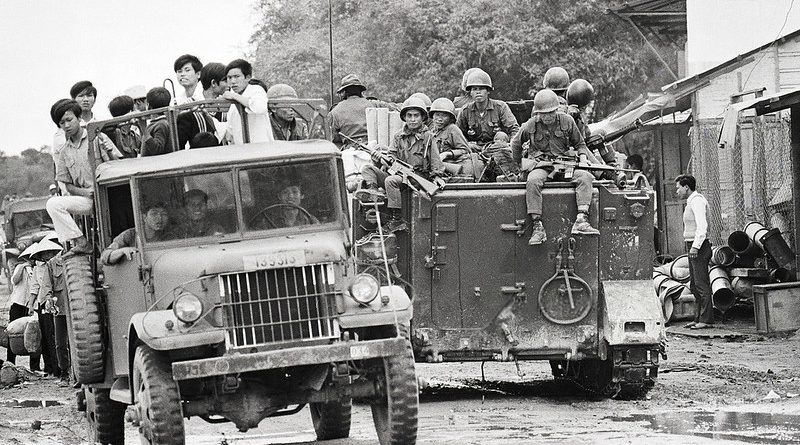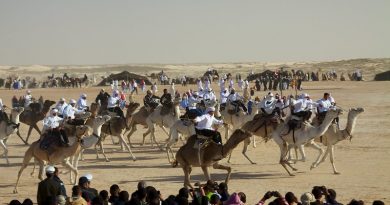Korea’s No Mans Land: The DMZ
What’s the HistoryAfter the Second World War ended and the Japanese were ousted from South Korea, the USA occupied the south of the peninsula, while the USSR (now Russia) took over the north. Elections to decide the fate of the country were held only in the south, and when the south declared its independence, the north invaded. The ensuing war lasted until 1953. By the time the war ended, two million people had died and the country had been officially divided with one in seven families being separated by the 38th parallel – or the DMZ (demilitarised zone).
Visiting the DMZThe region of the DMZ is 2.5 miles wide by 250 miles in length but P’anmunjom situated 40 miles north of Seoul, is the only place in the Demilitarised Zone where visits are permitted, and for any visitor to Korea it is well worth the trip. This is the truce village on which the cease-fire line was established at the end of the Korean War in 1953. It is a frightening place, where the tension still hangs in the air, and where the tense stand-off has at times erupted into violence, with death on both sides. In 1976 two American servicemen were hacked to death with axes by North Koreans and in 1983 a Russian tourist defected to the North triggering a gun battle that killed three North Koreans and one Korean soldier. It is clear that the shadow of the civil war still looms heavily over Korean life. In fact, one unusual method of earning a quick buck is to turn in a North Vietnamese spy – the government pays from $800 to $3,500 for each one you report. There is even a special hotline dedicated to catching the spies.
Flora & Fauna
Despite sounding gruesome, the DMZ is genuinely a thrilling place to all fans of history and modern warfare. It’s also a great place to experience nature on the Eastern shore, which is a habitat for 46 species of birds including the spot-billed duck and black-tailed gull, as well as other rare species of flora and fauna like fresh water turtles, terrapins and butterflies. Even Siberian Tiger are thought to exist in the area thanks to regeneration. The region’s name “Keum-Su-Gang-San” translates as “land of embroidered rivers and mountains” and it’s a space of natural wonder as it has been left virtually untouched since the War, allowing nature to take over. Campaigns are under way to try to persuade the Northern and Southern governments to turn the region into a World Peace Park. And environmental site. If you want to experience one of the most interesting tours that Korea has to offer, check out with your hotel for organised tours and check in for a trip of a lifetime.
RELATED LINKSKorea DMZWebsite dedicated to history, nature and tourism within the demilitarized zone.
DMZ ForumSite dedicated to campaigning to transform the zone into a World Peace Park. T into a World
Destination – North Korea / South Korea




